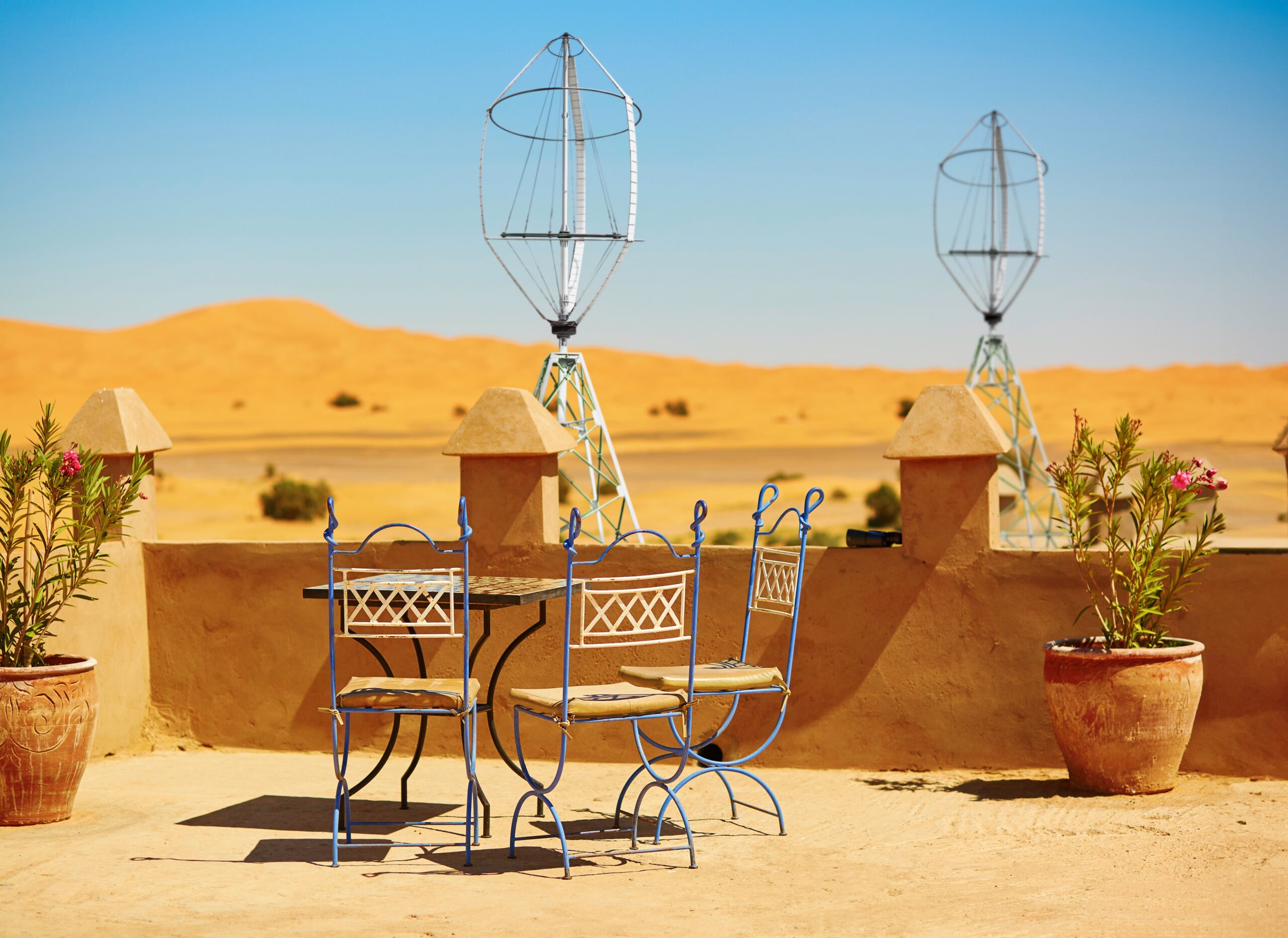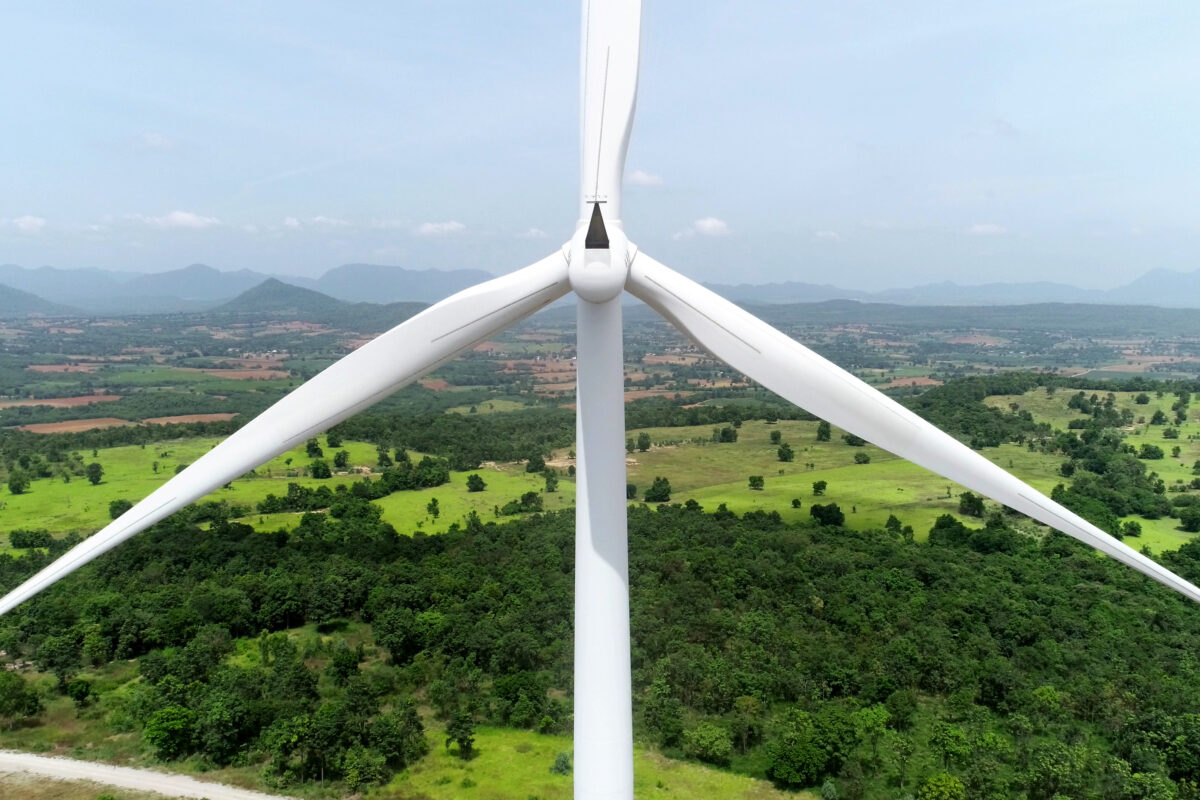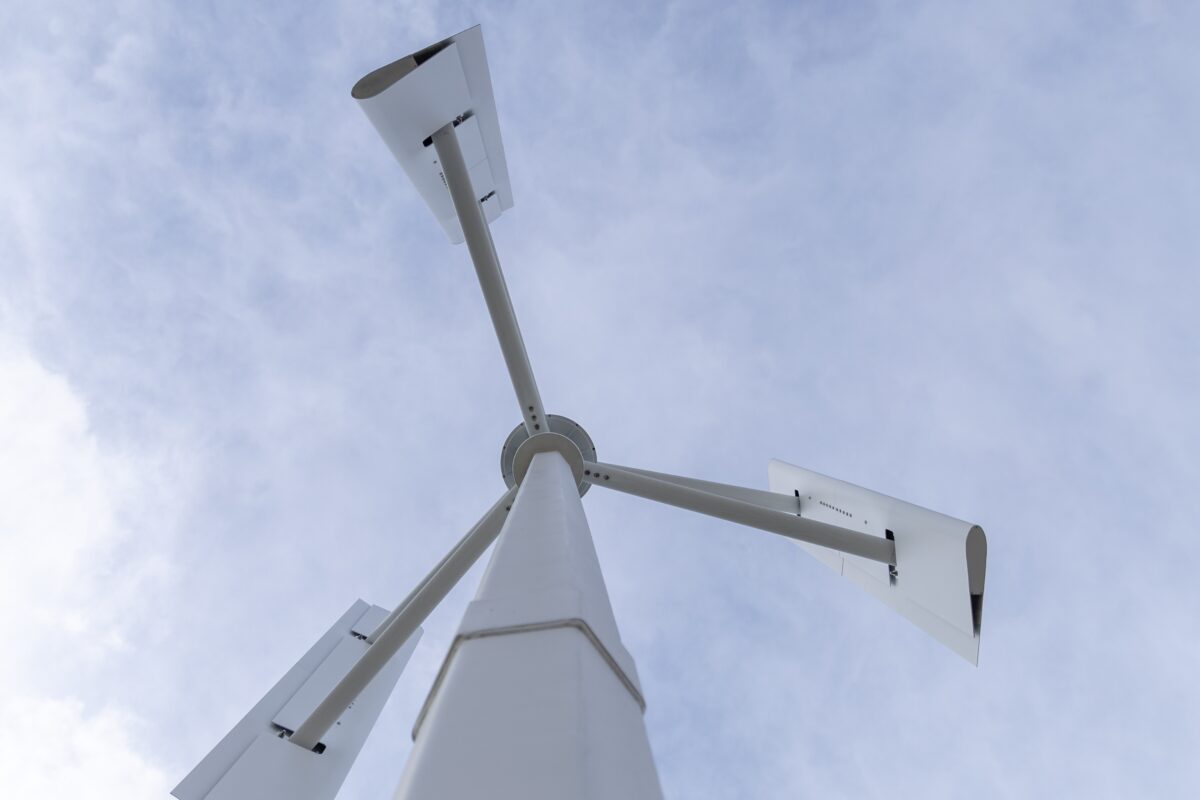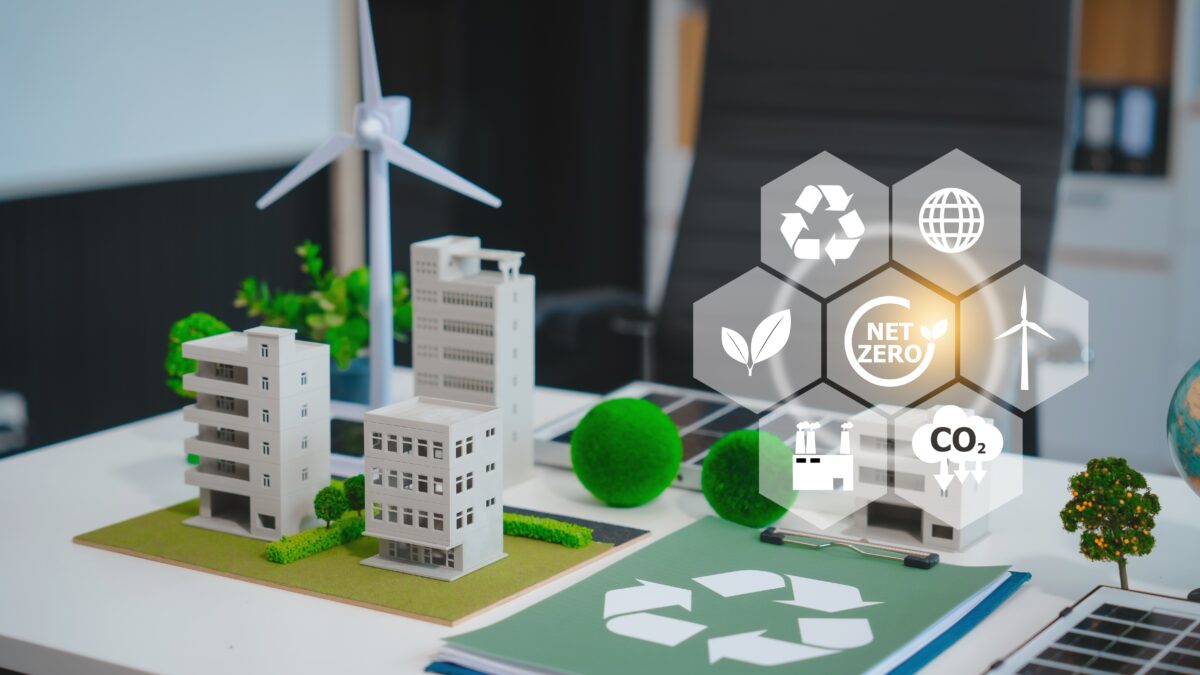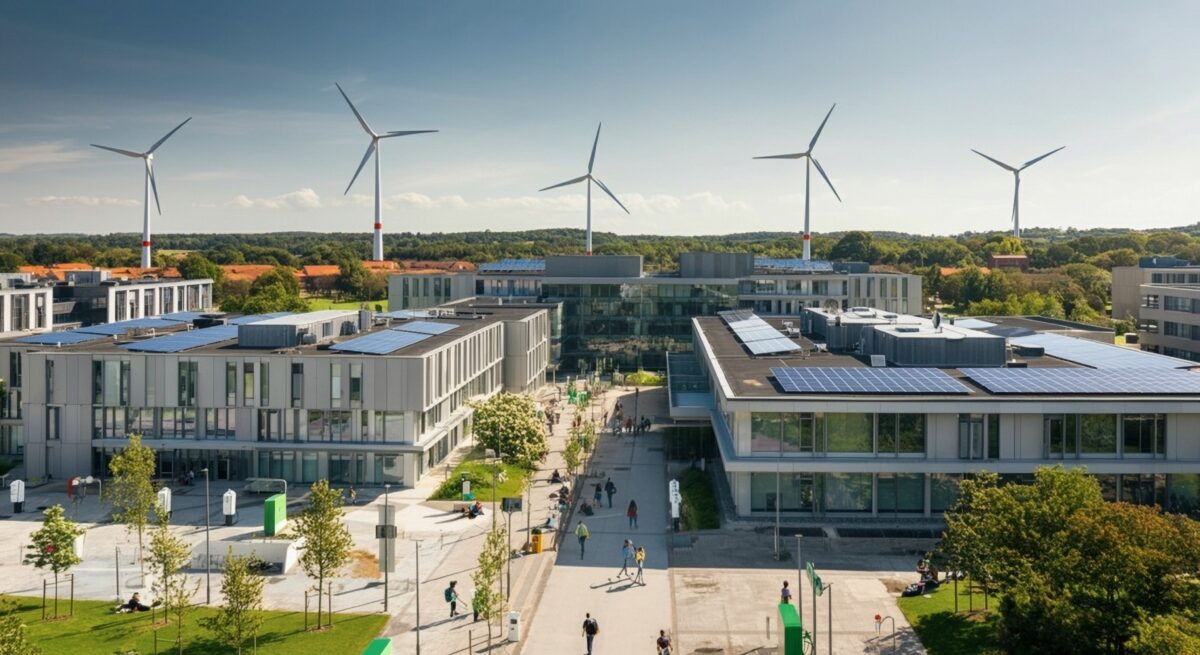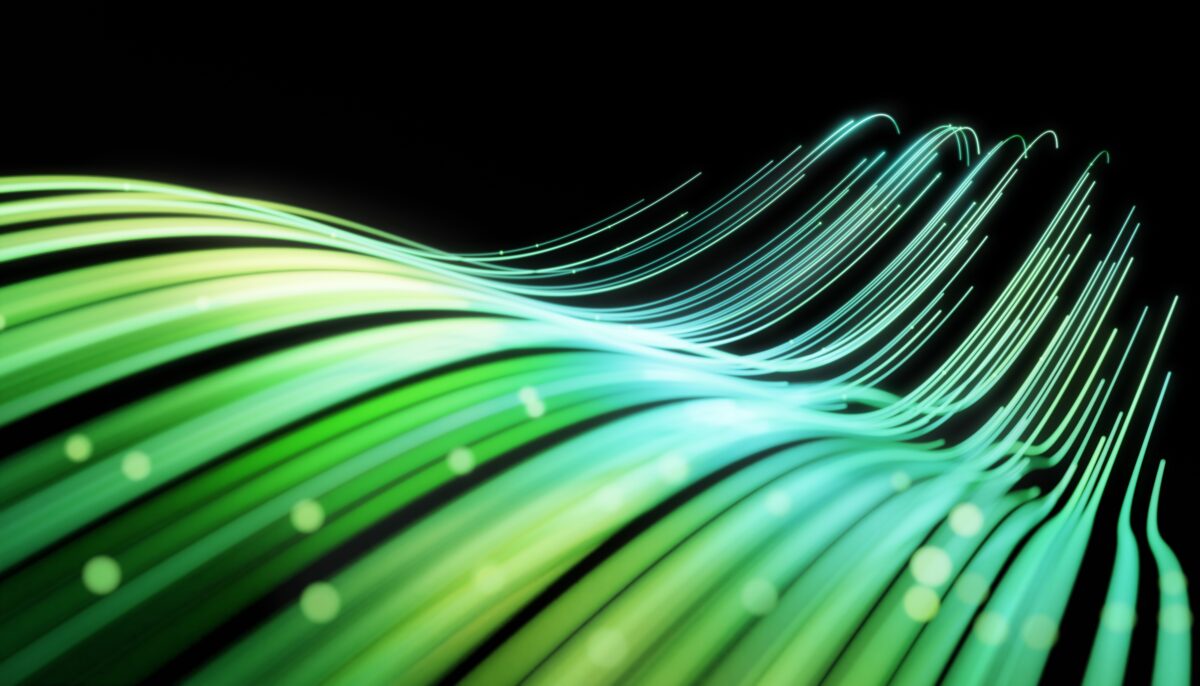Wind energy has rapidly emerged as one of the most promising and sustainable solutions to the global energy crisis. Wind turbines not only generate clean, renewable electricity, but also contribute to energy independence and economic growth in various regions. In this series of articles, we uncover some cool facts about wind energy. From the basics of how wind turbines work to the latest technological advancements, we’ll learn what makes wind energy such a powerful force in today’s renewable energy landscape. Let’s uncover some facts about wind farms and wind turbines!
The Basics of Wind Turbines
Understanding wind turbines begins with grasping the fundamental principles that underpin their operation. This section will break down the basic facts about wind turbines, covering what they are, how they work, and the different types available.
What Are Wind Turbines?
Wind turbines are devices that capture kinetic energy from the wind and transform it into electrical power. The basic design consists of blades, a rotor, a nacelle that houses the generator and other components, and a tower that supports the entire structure. When the wind blows, it pushes against the blades, causing them to spin. This rotational motion is transferred to the rotor, which is connected to a generator inside the nacelle. The generator then converts the mechanical energy into electrical energy, which can be fed into the grid or used locally.
Wind turbines come in various sizes, from small turbines used for residential or small business purposes to massive ones found in large wind farms. Regardless of size, the underlying principle remains the same: capturing wind energy and converting it into electricity.
Types of Wind Turbines
Wind turbines can be broadly classified into two main types based on the orientation of their rotor: horizontal-axis wind turbines (HAWTs) and vertical-axis wind turbines (VAWTs).
Horizontal-Axis Wind Turbines (HAWTs): This is the most common type of wind turbine. The rotor shaft is horizontal, and the blades rotate around this axis, much like a traditional windmill. HAWTs are typically used in large-scale wind farms due to their high efficiency and ability to capture more wind energy at higher altitudes. They are characterized by their tall towers and large, propeller-like blades. These turbines are optimized for environments with steady, high winds, such as coastal areas or open plains.
Vertical-Axis Wind Turbines (VAWTs): Unlike HAWTs, vertical-axis wind turbines have a rotor shaft that is oriented vertically. This design allows the turbine to capture wind from any direction without needing to orient itself towards the wind. VAWTs are often used in urban environments or locations with turbulent wind conditions. They are typically shorter and can be installed closer to the ground, making them more suitable for areas where space is limited. Although they are less efficient than HAWTs, VAWTs offer greater flexibility in terms of placement and are easier to maintain due to their accessible design.
Each type of wind turbine has its own set of advantages and applications, making them versatile tools in the global push for renewable energy.
Wind Turbine Technology and Systems
As the demand for renewable energy continues to grow, so too does the technology behind wind turbines. Over the past few decades, wind turbine technology has evolved dramatically, leading to more efficient, reliable, and powerful systems. This section will explore the technological advancements that have shaped modern wind turbines and provide insight into the complex systems that make wind energy a viable alternative to fossil fuels.
Advancements in Wind Technology
Wind turbine technology has come a long way from its humble beginnings. Early wind turbines were relatively simple, with limited capacity and efficiency. Today, however, modern wind turbines are made of cutting-edge materials and combine sophisticated aerodynamics with advanced control systems to maximize energy output.
Material Innovations: One of the key areas of advancement in wind technology is the development of new materials. Modern turbine blades are often made from composite materials, such as fiberglass or carbon fiber, which offer a combination of strength and lightness. These materials allow the blades to be longer and more aerodynamically efficient, which in turn increases the amount of energy that can be captured from the wind.
Aerodynamic Improvements: The shape and design of turbine blades have also seen significant improvements. Engineers use computer modeling and wind tunnel testing to refine blade designs, ensuring that they capture the maximum amount of wind energy while minimizing drag and turbulence. Advanced blade designs are capable of operating efficiently even at lower wind speeds, which expands the potential for wind energy generation in a wider range of locations.
Smart Turbines: The integration of digital technologies has led to the rise of “smart” turbines. These turbines are equipped with sensors and control systems that monitor wind conditions in real-time and adjust the turbine’s orientation and blade angles accordingly. This optimization ensures that the turbine operates at peak efficiency, regardless of changes in wind speed or direction. Additionally, smart turbines can predict maintenance needs and detect potential issues before they lead to costly downtime.
Offshore Wind Farms: Another significant development is the expansion of offshore wind farms. These farms take advantage of the stronger and more consistent winds found at sea, allowing for the installation of larger turbines with greater energy output. Advances in floating turbine technology have made it possible to deploy wind turbines in deeper waters, opening up vast new areas for wind energy development.
Understanding Wind Systems
Wind turbines do not operate in isolation; they are part of a larger system designed to generate, distribute, and store wind energy. Understanding these systems is crucial for appreciating how wind energy fits into the broader energy landscape.
Wind Farms: Most wind turbines are grouped together in wind farms, which can range from a few turbines to hundreds spread over large areas. Wind farms are strategically located in areas with consistent wind patterns, such as coastal regions, plains, and mountaintops. The electricity generated by each turbine is collected and transmitted to a central substation, where it is then fed into the electrical grid.
Grid Integration: One of the challenges of wind energy is integrating it into the existing power grid. Wind energy is variable, meaning it does not produce a constant flow of electricity. To address this, wind farms are often paired with energy storage solutions, such as batteries or pumped hydro storage, which can store excess energy generated during periods of high wind and release it when wind speeds are low.
Hybrid Systems: In some cases, wind energy is combined with other renewable energy sources, such as solar power, to create hybrid systems. These systems are particularly effective in regions where wind and sunlight are complementary, ensuring a more consistent and reliable energy supply. For example, a hybrid wind-solar system can provide electricity during both sunny and windy days, reducing reliance on fossil fuels and enhancing energy security.
Maintenance and Monitoring: Wind systems require regular maintenance to ensure they operate efficiently. This includes routine inspections, repairs, and the replacement of worn-out components. Many modern wind farms use remote monitoring systems that track the performance of each turbine in real-time, allowing operators to identify and address issues quickly.
Explore the benefits of our small, reliable and powerful wind turbines tailored for various commercial applications. We’re offering a free site feasibility survey to help you determine suitability and ROI. Register here to see if your business qualifies.
The continuous advancements in wind turbine technology and the development of comprehensive wind systems are key factors driving the growth of wind energy. These innovations improve the efficiency and reliability of wind power, and make it a more competitive and sustainable option in the global energy market.
Energy Efficiency and Savings
Wind turbines are powerful sources of renewable energy, however, they they also offer significant energy efficiency and savings. The efficiency of a wind turbine is measured by its capacity factor, which is the ratio of actual output over a time to the maximum possible output. Modern turbines have higher capacity factors than ever before, thanks to advancements in technology and design.
Capacity Factor of Wind Turbines: The capacity factor of a wind turbine can vary depending on its location and the average wind speeds it encounters. On average, modern turbines have a capacity factor of 30-50%, meaning they produce 30-50% of their maximum possible output over a given period. This is a significant improvement over older models and makes wind turbines a highly efficient option for generating electricity.
Cost Savings: One of the most compelling benefits of wind energy is the cost savings it offers. Once a wind turbine is installed, the ongoing costs are relatively low compared to traditional power plants. There are no fuel costs, and maintenance expenses are predictable and manageable. Over the lifespan of a turbine, the cost of energy generated by wind is often lower than that of energy generated from fossil fuels. This makes wind energy an attractive option for both utility companies and consumers looking to reduce their energy bills.
Environmental Savings: Wind turbines produce electricity without emitting greenhouse gases, making them a crucial part of the effort to combat climate change. The environmental savings associated with wind energy are substantial, as each megawatt-hour (MWh) of electricity generated by wind prevents approximately one ton of carbon dioxide (CO2) from being released into the atmosphere. Over the lifetime of a single wind turbine, this can add up to tens of thousands of tons of CO2 avoided.
Energy Independence: Wind energy contributes to energy independence by reducing reliance on imported fossil fuels. Countries that invest in wind energy can produce their own electricity, reducing their vulnerability to fluctuations in global energy markets and improving their energy security. This is particularly important for regions that are heavily dependent on energy imports and are seeking to diversify their energy sources.
To learn more on how you can benefit from combining Small Wind Technologies with other renewable solutions, contact us.
By understanding the practical aspects of wind turbine maintenance and the energy efficiency and savings they provide, it becomes clear why wind energy is such a vital component of the global shift towards renewable energy. These factors not only ensure the reliability and longevity of wind turbines but also make them an economically and environmentally sound choice for generating electricity.


